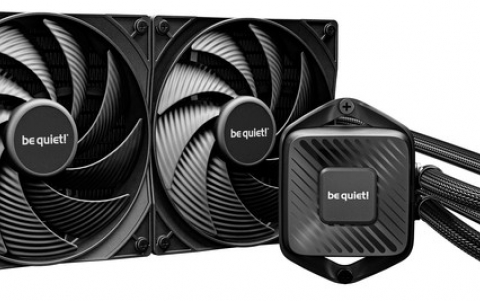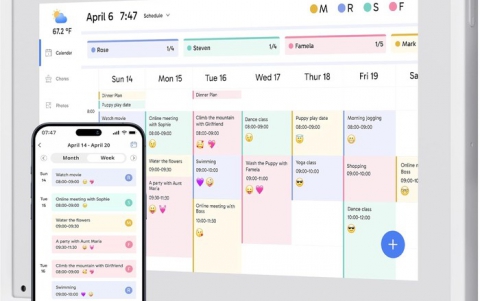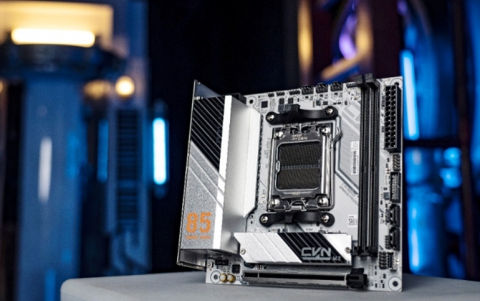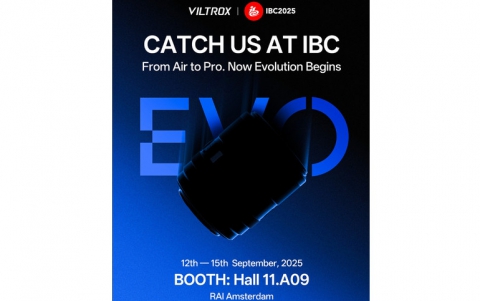SuperVCD Format
3. MPEG-2
(Source : Philips)
MPEG-2
The MPEG-2 Program Stream (PS) contains multiplexed Video, Audio, and Overlay Graphics data, compressed in Elementary streams in PES packets. Variable Bit Rate (VBR) coding is a method to significantly increase the efficiency of MPEG-2 encoding, by adjusting the bit rate allocated based on the audio or video complexity. More bits are used to encode scenes which are difficult to compress; and less bits are used when the video or audio content is easier to compress.
Synchronization among the Elementary streams is accomplished with Presentation Time Stamps (PTS) in the Program Stream in reference to a common System Clock Reference (SCR). These time-stamps describe the delivery time instances of when a pack is taken from the track buffer and payload is extracted and placed into the decoder which is associated with the packet ID.
SCR values are not a linear set of values as in Video CD 2.0, but are dictated by the VBR packet scheduling. Presentation times for video or audio frames without an associated PTS will be interpolated based on the previous PTS and display duration of the video or audio frame. For the case of still pictures, a PTS shall be coded for every still picture frame. For the case of graphics overlay, a PTS shall be coded for every graphics page.
MPEG-2 VIDEO format
 There
are basically two types of Video encoded discs, namely either encoded from
PAL or NTSC source video data, however encoding may change from track to track.
There
are basically two types of Video encoded discs, namely either encoded from
PAL or NTSC source video data, however encoding may change from track to track.
The encoded video stream is stored in MPEG sectors. For the coding of video, the constraints defined by MPEG for the Main Profile at Main Level shall apply.
The pack and packet structure for Still Pictures are the same as those specified for Motion Pictures. Each still picture shall be encoded as an MPEG-2 Intra Frame.
MPEG AUDIO format
 The
PS stream may contain two audio streams. The audio stream is selectable by
the user. In the audio stream the left audio channel is encoded as MPEG Audio
Channel zero (CH-0) and the right audio channel as MPEG Audio channel one
(CH-1).
The
PS stream may contain two audio streams. The audio stream is selectable by
the user. In the audio stream the left audio channel is encoded as MPEG Audio
Channel zero (CH-0) and the right audio channel as MPEG Audio channel one
(CH-1).
For Karaoke use the dual channel mode only is used for special music programs, with in one channel the music without the vocal part and in the other channel the music with the vocal part; MPEG Audio channel one will in this case contain the music with the vocal part.
For general use the dual channel mode can be used for two separate languages without compromising video/audio quality. The MPEG Audio channel CH-0 will in this case contain the default language.
It is only allowed to change the audio Mode within one Sequence between stereo and joint stereo. MPEG audio can adapt the bit rate used by the encoder every audio frame (26.1 ms) to the complexity of the sound to be encoded. The use of VBR is optional on the disc, but the decoder in the player must support this. Simple pieces of music demand a low bit rate, while complex sound require a higher one. When VBR is used, the average bit rate correspond to the average sound complexity, but at constant bit rate (CBR) the bit rate is set for the most complex piece of sound. A typical gain is 30-40%.
Surround Sound can either be realized by coding a Dolby Surround matrix encoded two-channel audio source with MPEG-1 Audio, or optionally by coding a 5.1 channel audio source with MPEG-2 multi-channel (5+1) Backwards Compatible audio. This mode is defined in the MPEG-2 Audio standard ( ISO/IEC 13818-3), and is fully compatible with MPEG-1. A MPEG-1 decoder will decode the basic stereo ( left and right ) audio from the multi-channel MPEG-2 audio signal. So it's an option to add a MPEG-2 multi-channel decoder.














